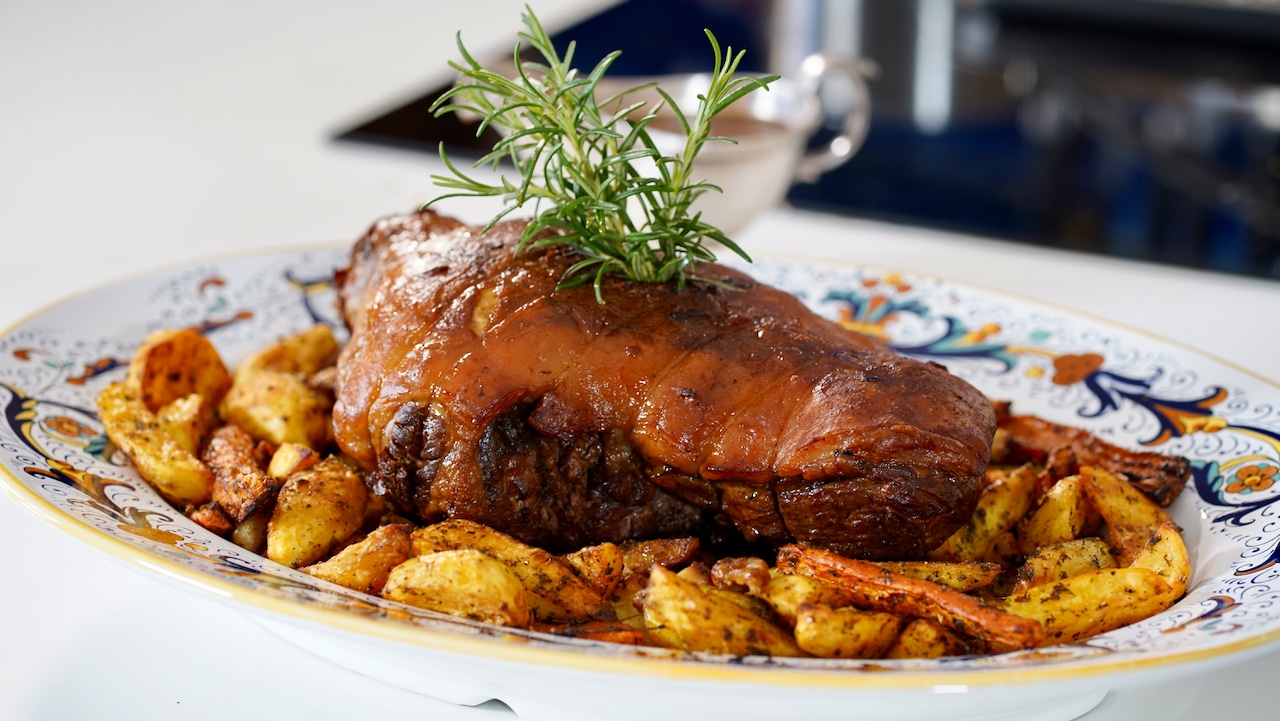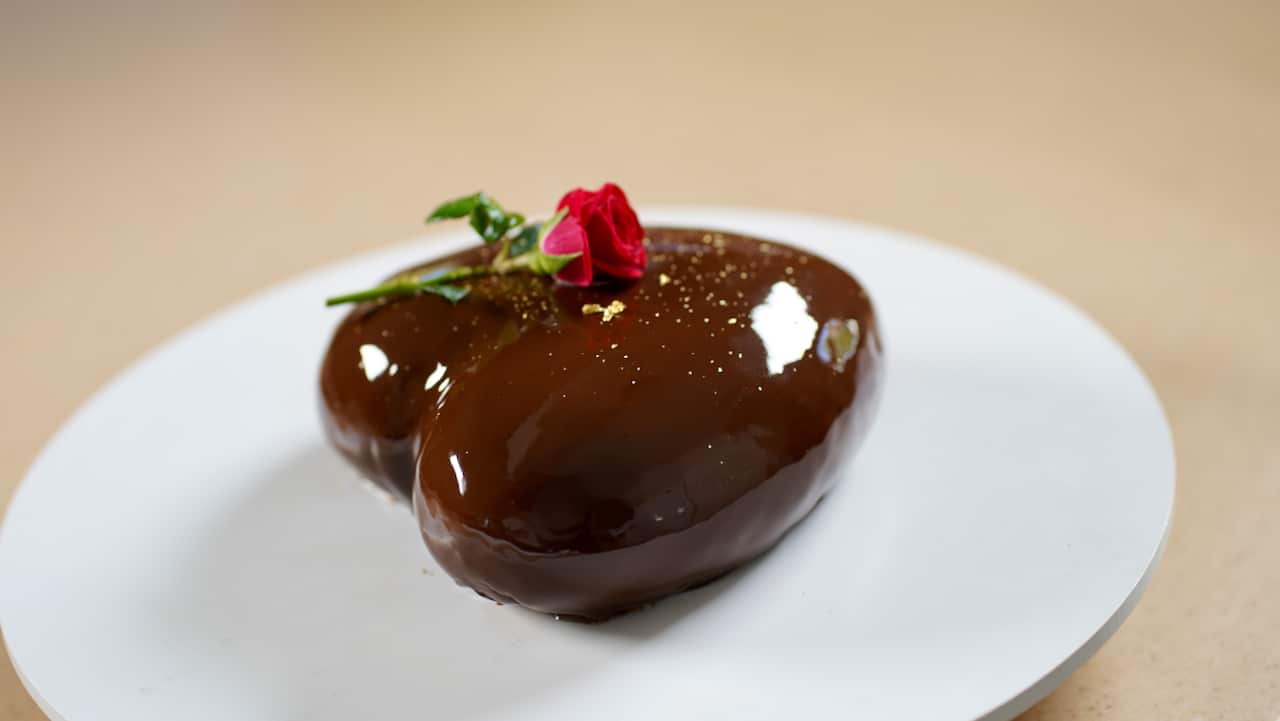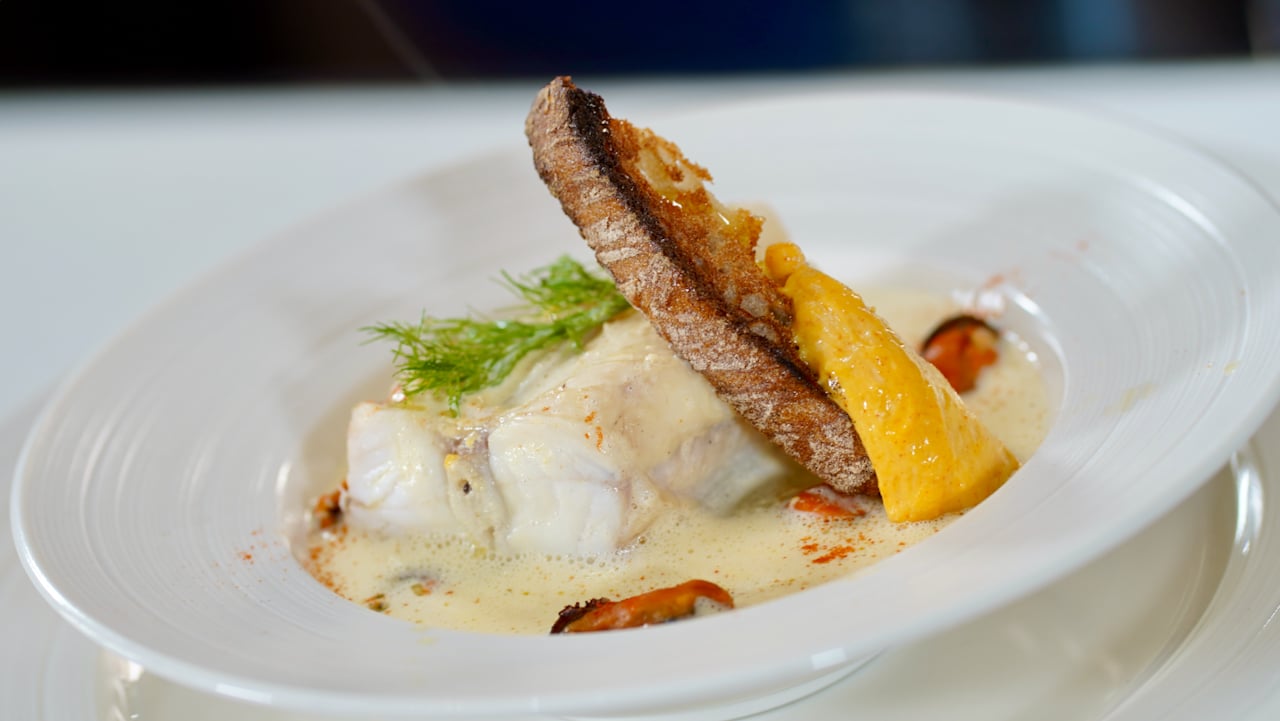Homemade Pasta
Have you always wanted to make your own homemade pasta from scratch? Look no further because you've come to the right place! Trust me, this technique will take your pasta game to a whole new level! One of the secrets to achieving the perfect texture and color for your homemade pasta is the use of extra fine semolina flour. It adds a bit more sturdiness to the pasta, allowing it to hold up well with different sauces. This means that each bite of pasta will be coated in sauce, enhancing the overall flavor of your dish. Now, let's talk about the star ingredient: high-quality eggs. Remember, happy hens produce healthy eggs, and you can taste the difference! The vibrant, golden yolks will not only add a beautiful color to your pasta dough, but they will also bring a rich, delicious flavor that will take your dish to the next level. Let's dive into the world of homemade pasta together!
Ready to discover this recipe? You're only 1 step away.
This recipe is only accessible to registered members!
Create your account to access all cooking recipes of my website (excepting courses and masterclasses of the Academy).
Join us now and enjoy more 700 recipes (All mostly french, but also european, asiatic and american)






